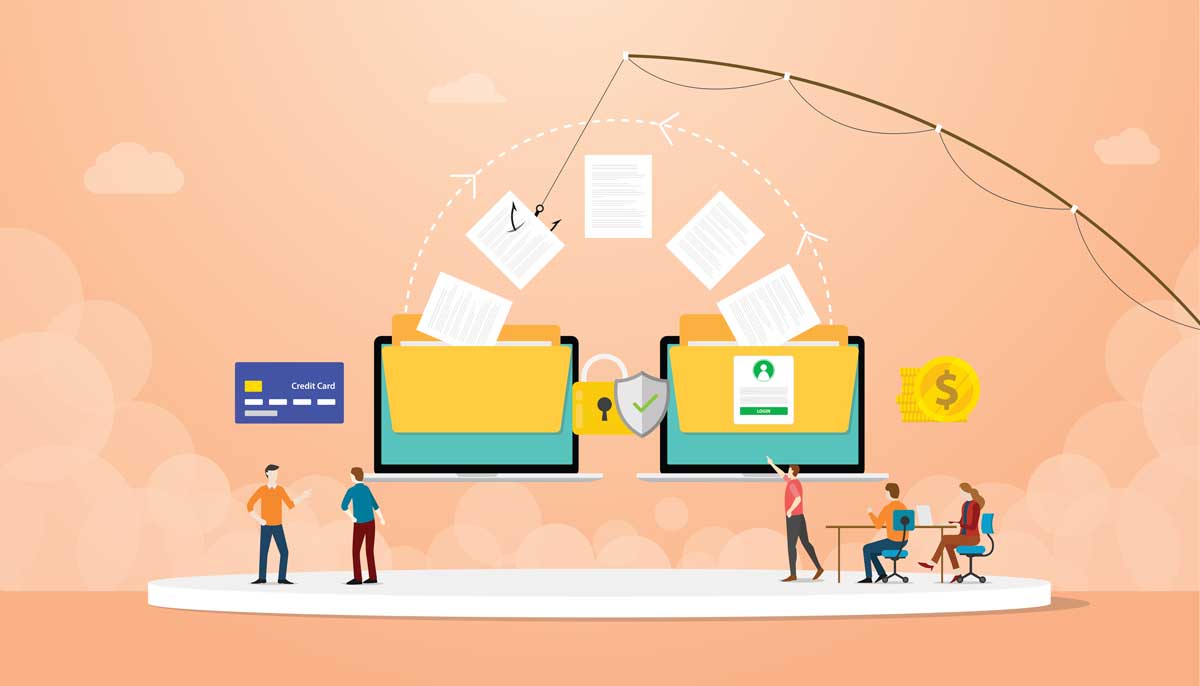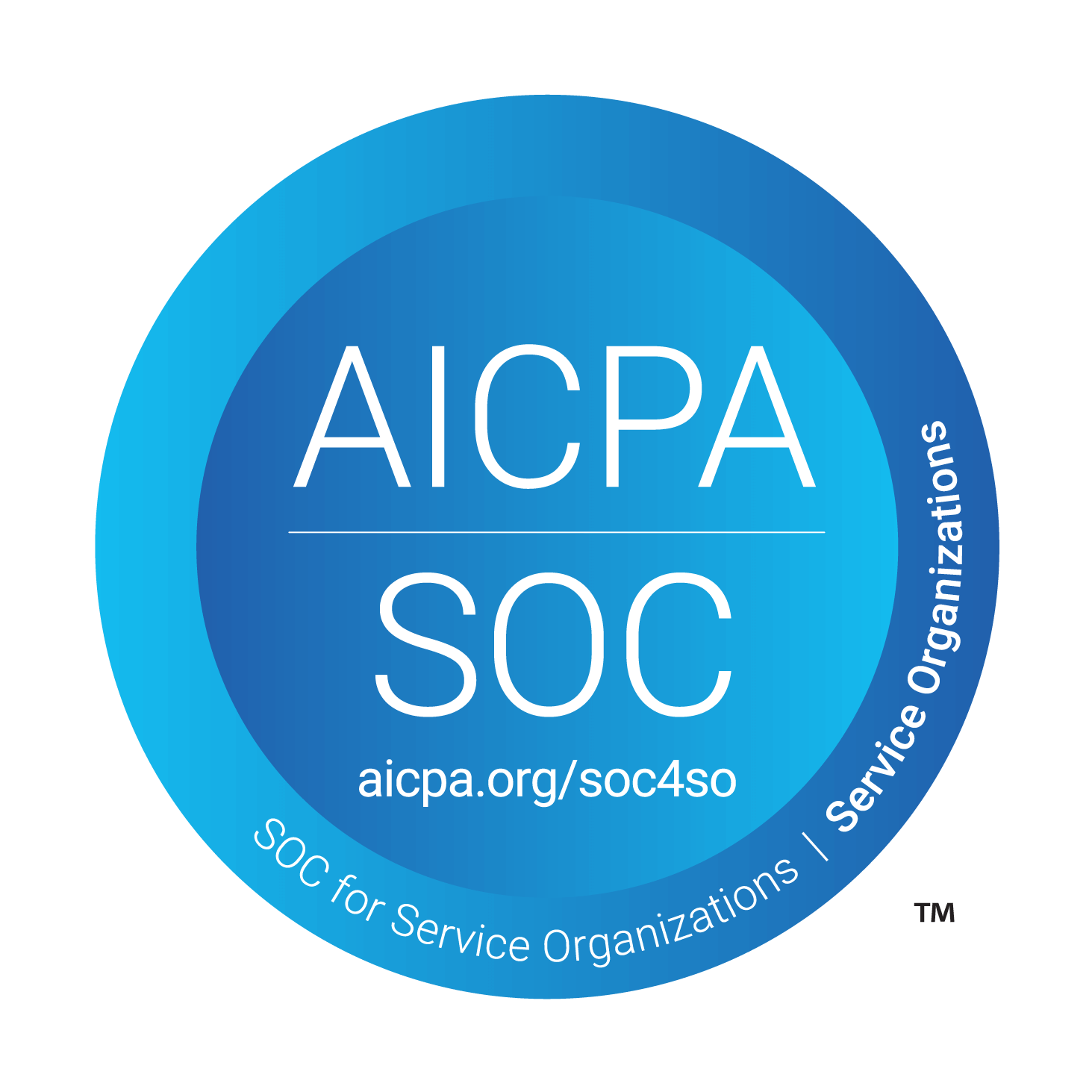How to Prevent Phishing Attacks in Banking Email Systems
Strengthening Your Front Line with Cybersecurity Awareness Training, Email Security Tools, and a Layered Security Ecosystem
Phishing attacks continue to be one of the most dangerous threats to banking email systems. With financial institutions often handling high-value transactions and sensitive personal data, they remain top targets for cybercriminals. Preventing these attacks requires more than just a strong password policy—it demands a holistic approach combining cybersecurity awareness training, robust email security solutions, and a resilient security ecosystem.

1. Cybersecurity Awareness Training: Empowering Your People
Human error is still the most common entry point for phishing attacks. Regular, role-specific cybersecurity awareness training helps employees recognize suspicious emails, avoid risky clicks, and report threats promptly.
- Simulated phishing campaigns can assess employee readiness and help identify gaps.
- Interactive training modules reinforce best practices through real-life scenarios.
- Ongoing education ensures staff stay ahead of evolving phishing tactics.
A well-trained workforce serves as your first and most reliable line of defense.
2. Key Email Security Technologies
To protect banking email systems from phishing attacks, it’s essential to implement multiple layers of email security technologies. Here are some of the most important:
Advanced Spam Filters
Spam filters are essential tools in the first line of defense against phishing attacks. These filters are designed to automatically scan incoming emails for signs of malicious intent, such as:
- Suspicious sender addresses that don’t match legitimate domains.
- Unusual language patterns that are commonly found in phishing emails, such as urgency or threats.
- Known malicious IP addresses or email servers flagged for sending spam or phishing emails.
These filters work by examining the metadata and content of emails and flagging or blocking those that appear suspicious, stopping phishing emails from reaching the inbox in the first place.
Email Authentication Protocols
These protocols help verify the legitimacy of the sender, ensuring that emails are coming from trusted sources. Here’s a closer look at each of these protocols:
- SPF (Sender Policy Framework): SPF verifies the sender’s IP address to ensure it matches the domain’s list of authorized sending servers. This prevents email spoofing, where attackers try to impersonate a legitimate organization by using fraudulent email addresses.
- DKIM (DomainKeys Identified Mail): DKIM adds a digital signature to the header of emails. This signature verifies that the email hasn’t been altered during transmission and that the sender’s domain is legitimate. It ensures the integrity of the email message.
- DMARC (Domain-based Message Authentication, Reporting & Conformance): DMARC builds on SPF and DKIM and provides a policy for how email servers should handle messages that fail authentication. If an email fails SPF or DKIM checks, DMARC allows the domain owner to reject or quarantine the message, preventing fraudulent emails from reaching the inbox.
Threat Intelligence Integrations
By integrating threat intelligence feeds into your email security systems, you can keep pace with the ever-evolving landscape of phishing tactics. These feeds provide:
- Real-time data on emerging threats, including new phishing campaigns and malicious domains.
- Reputation scoring of email senders based on known threat data, allowing systems to block emails from suspicious sources automatically.
- Predictive analytics to identify and prevent future threats based on trends and behaviors observed in previous attacks.
With threat intelligence, your system can stay ahead of attackers and react faster to new types of phishing attempts.
Sandboxing for Safe Attachment and Link Analysis
Sandboxing is a proactive approach to email attachment and link analysis. When an email contains an attachment or a link, the sandboxing technology:
- Opens the attachment or URL in an isolated virtual environment, separate from the user’s computer or network.
- The sandbox monitors the behavior of the attachment or link—if it tries to install malware, alter system files, or redirect to a phishing site, it’s flagged as dangerous.
- If any malicious activity is detected, the suspicious file or link is blocked and quarantined before it can reach the end user.
This technology allows you to thoroughly analyze and contain potentially harmful content before it can affect your system, preventing zero-day attacks (attacks that exploit previously unknown vulnerabilities).
3. Building a Layered Security Ecosystem
No single tool or training session is enough to effectively prevent phishing attacks. A well-integrated security ecosystem involves combining multiple security layers to ensure a comprehensive defense. Here’s how to build a robust system:
Firewalls and Endpoint Protection
- Firewalls act as the first line of defense against external threats, blocking malicious traffic before it can reach your network. They monitor both incoming and outgoing data to ensure that only authorized traffic is allowed.
- Endpoint protection focuses on securing devices—such as computers, phones, and tablets—that connect to your network. These tools detect and block malware, ransomware, and phishing attempts that could compromise individual devices.
Together, firewalls and endpoint protection form a perimeter around your entire network, ensuring unauthorized traffic is prevented, and individual devices are shielded from threats.
Multi-Factor Authentication (MFA) for All Systems
MFA adds an extra layer of security by requiring users to provide two or more verification factors to access systems, making it much harder for attackers to gain unauthorized access, even if they manage to steal a password.
By implementing MFA across all user accounts—especially those with access to critical systems and data—you significantly reduce the risk of phishing-based account compromises.
Email Gateways and Encryption
Email gateways serve as a filtering layer between your email server and incoming messages. They scan every incoming email for malicious attachments, phishing links, and other suspicious content before they reach employees’ inboxes. These gateways can use advanced techniques like machine learning and signature-based detection to identify and block threats.
Additionally, email encryption ensures that sensitive data in emails is protected from unauthorized access. If a phishing email does get through, encryption can protect confidential financial information and personal data from being exposed in the event of an attack.
Regular Audits and Updates to Security Protocols
Cybersecurity is dynamic, with new vulnerabilities and attack techniques emerging regularly. Regular audits and updates are essential to keep your systems protected:
- Security audits help identify weaknesses in your current defenses by evaluating your network, systems, and processes.
- Updates to security protocols and software ensure you’re using the latest protections to defend against emerging threats. This includes updating antivirus software, patching operating systems, and ensuring that email security measures are up to date with the latest phishing prevention techniques.
Regular updates and audits ensure that no vulnerability is left unaddressed, making it harder for cybercriminals to exploit outdated systems.
Final Thoughts
Phishing attacks aren’t going away—but with the right combination of cybersecurity awareness training, advanced email security tools, and a well-orchestrated security ecosystem, banks can dramatically reduce their risk.
At Louisville Geek, we help financial institutions fortify their defenses from the inside out. Contact us today to learn how we can tailor a cybersecurity strategy that protects your people, your clients, and your brand.



